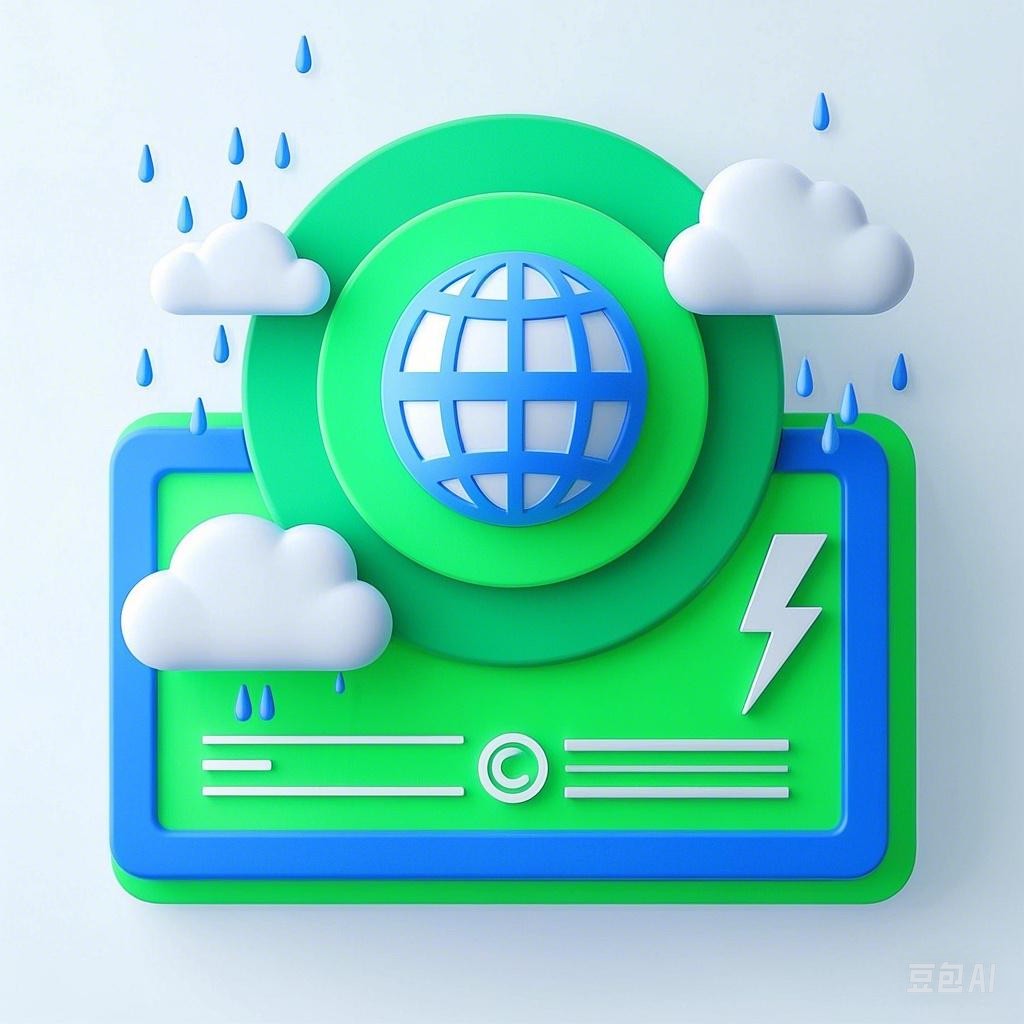Heavy rain disasters, often characterized by intense rainfall and its subsequent impacts, pose significant challenges to communities around the world. This article delves into the complexities of heavy rain disasters, their causes, effects, and strategies for mitigation and preparedness.
Causes of Heavy Rain Disasters
Meteorological Factors
Heavy rain disasters are primarily caused by meteorological conditions. The following factors contribute to the occurrence of such events:
- Atmospheric Instability: This refers to the vertical movement of air within the atmosphere, which can lead to the development of thunderstorms.
- Moisture: A sufficient supply of moisture in the atmosphere is necessary for heavy rainfall. This moisture can come from various sources, including oceanic currents and warm, moist air from tropical regions.
- Orographic Lift: This occurs when air is forced to rise over mountains or hills, leading to cooling and condensation, which results in precipitation.
Human Factors
Human activities can also contribute to the severity of heavy rain disasters:
- Deforestation: The removal of trees reduces the land’s ability to absorb water, leading to increased surface runoff.
- Urbanization: Concrete and asphalt surfaces in urban areas do not allow for water infiltration, which can exacerbate flooding.
- Climate Change: The increase in greenhouse gas emissions is contributing to more extreme weather events, including heavy rain disasters.
Effects of Heavy Rain Disasters
Heavy rain disasters can have devastating effects on both human life and the environment:
Economic Impact
- Property Damage: Homes, businesses, and infrastructure can be severely damaged or destroyed.
- Agricultural Losses: Crops can be destroyed, leading to food shortages and economic losses for farmers.
- Business Interruption: Many businesses may be forced to close temporarily or permanently due to flood damage.
Health and Safety Risks
- Drowning: Floodwaters can be dangerous, leading to drowning and other water-related injuries.
- Contaminated Water: Floodwaters can contaminate drinking water sources, leading to waterborne diseases.
- Mental Health: The stress and trauma associated with heavy rain disasters can have long-lasting effects on mental health.
Environmental Impact
- Erosion: Heavy rain can lead to soil erosion, which can degrade land quality and contribute to sedimentation in water bodies.
- Wildlife Loss: Flooding can destroy habitats and lead to the loss of wildlife.
- Pollution: Chemicals and other pollutants can be washed into water bodies during heavy rain events, leading to water quality degradation.
Mitigation and Preparedness Strategies
Mitigation
- Land-Use Planning: Urban planning should consider flood risks and incorporate measures to reduce the impact of heavy rain disasters.
- Infrastructure Improvement: Constructing flood barriers, stormwater management systems, and flood-resistant buildings can mitigate the impact of heavy rain disasters.
- Forest Management: Sustainable forest management practices can help maintain the land’s ability to absorb water and reduce erosion.
Preparedness
- Emergency Response Plans: Communities should have well-defined emergency response plans to ensure a coordinated and effective response to heavy rain disasters.
- Public Awareness: Educating the public about the risks associated with heavy rain disasters and how to prepare for them is crucial.
- Insurance: Encouraging property owners to obtain flood insurance can help mitigate the financial impact of heavy rain disasters.
Conclusion
Heavy rain disasters are a complex and challenging issue, with significant impacts on human life and the environment. By understanding the causes, effects, and mitigation strategies, communities can better prepare for and respond to these events. It is essential for governments, organizations, and individuals to work together to reduce the risk and impact of heavy rain disasters.
